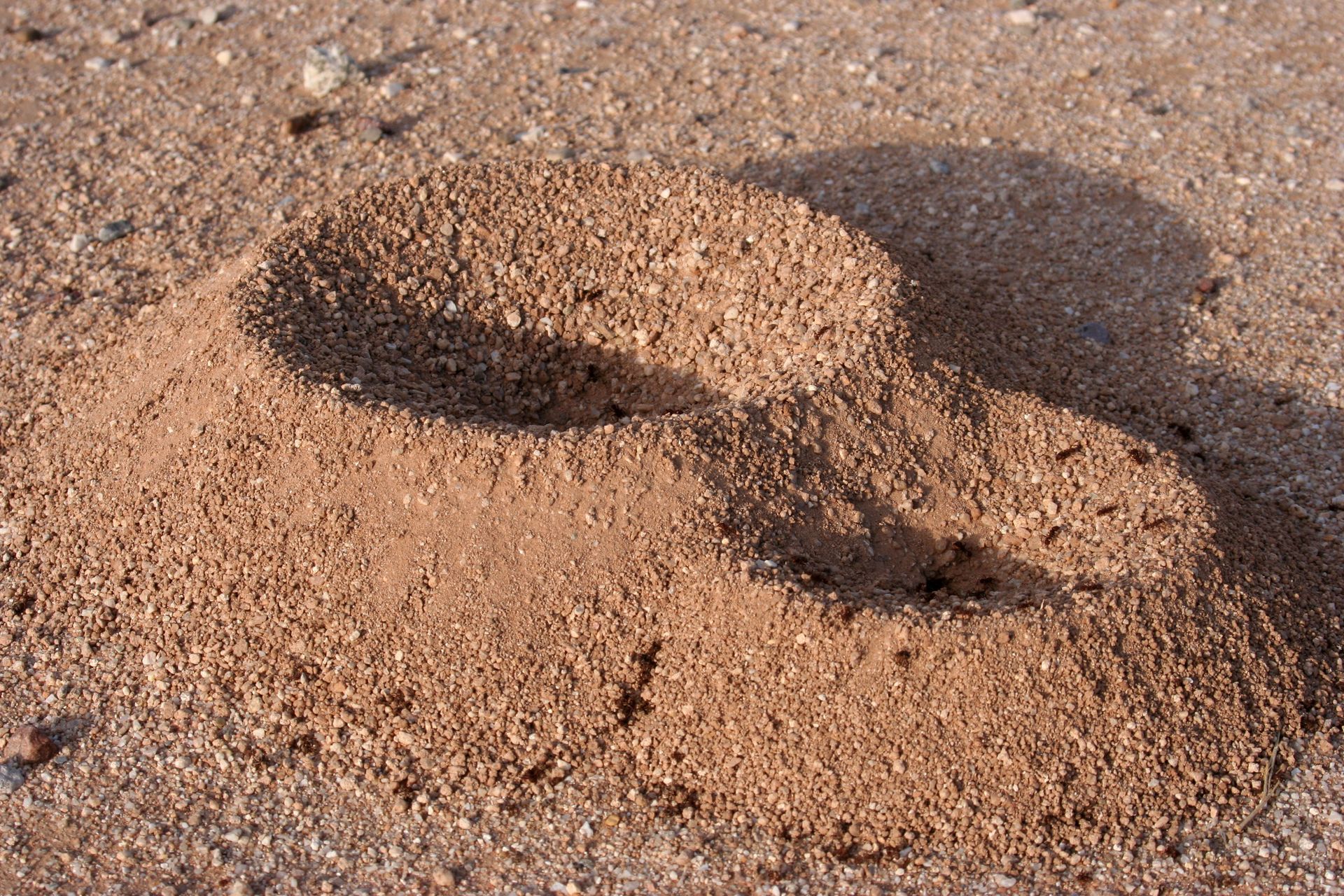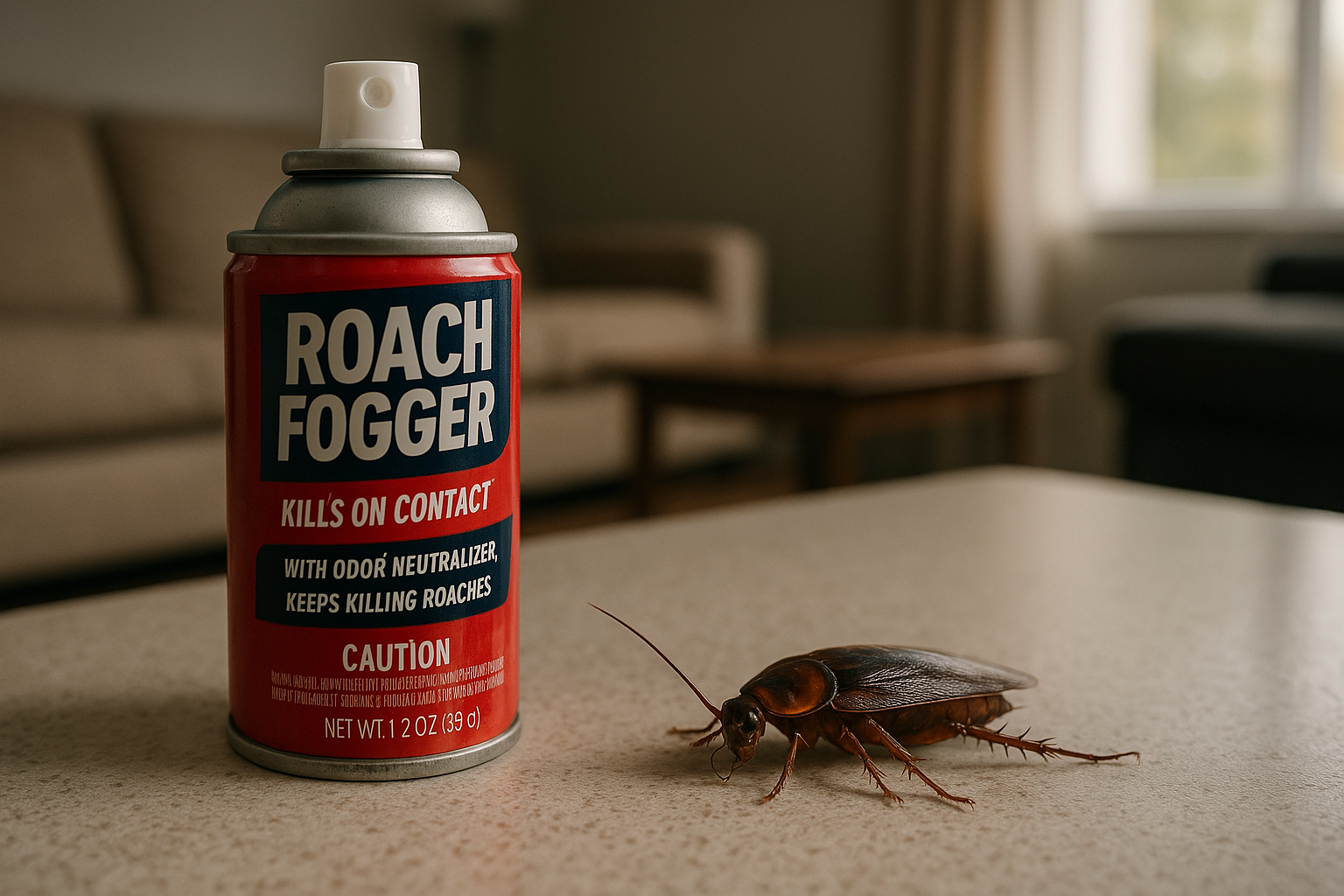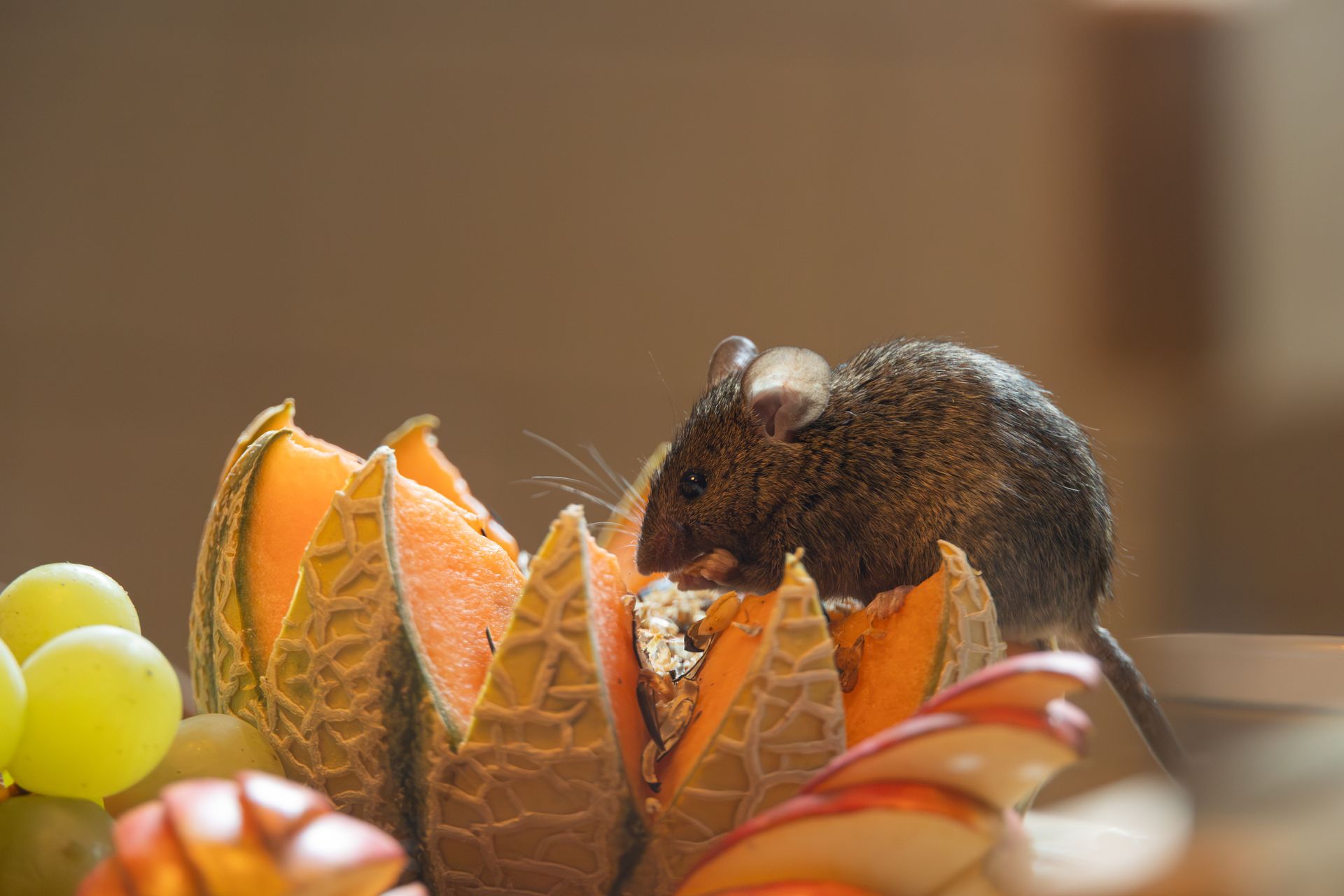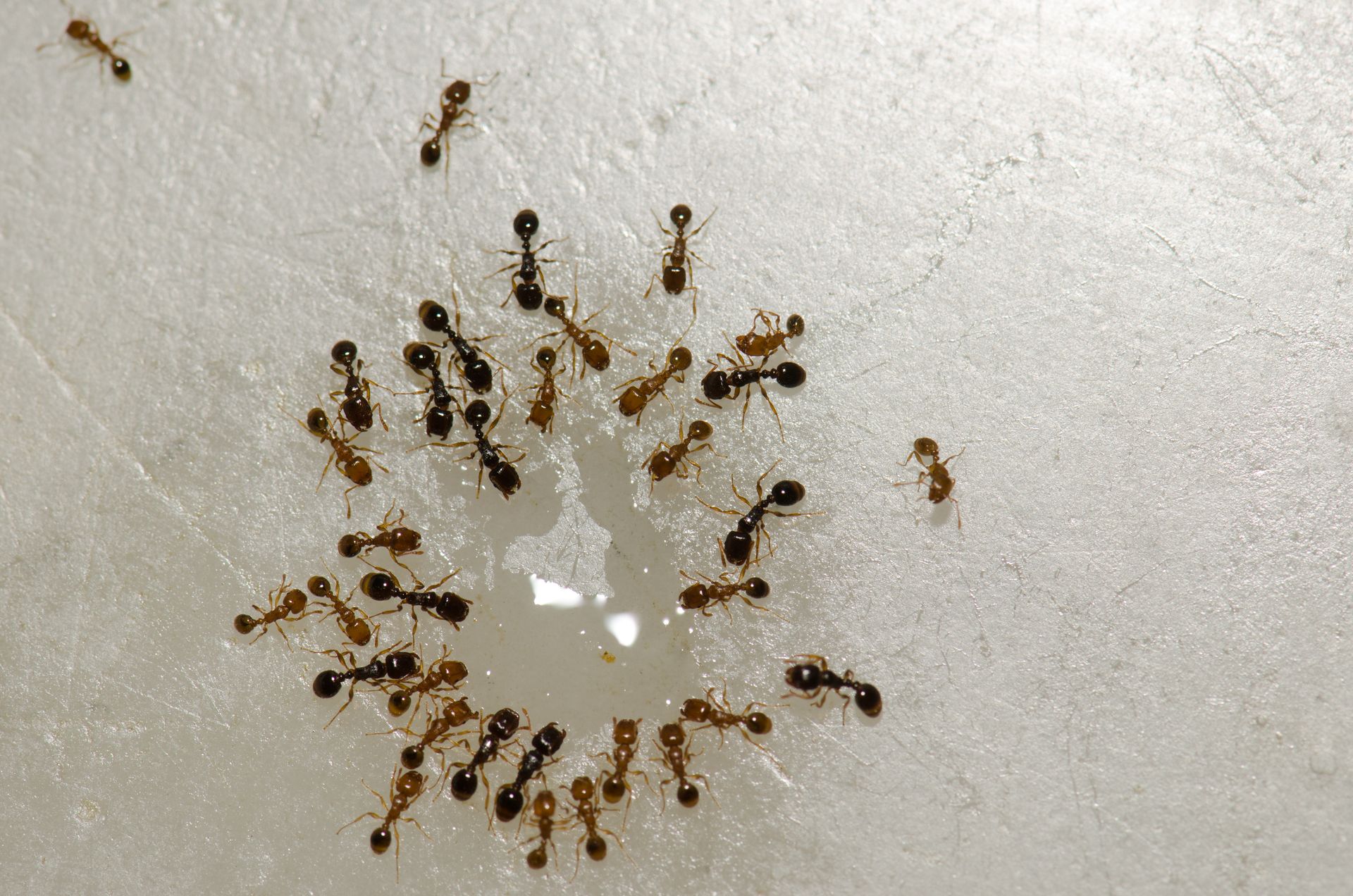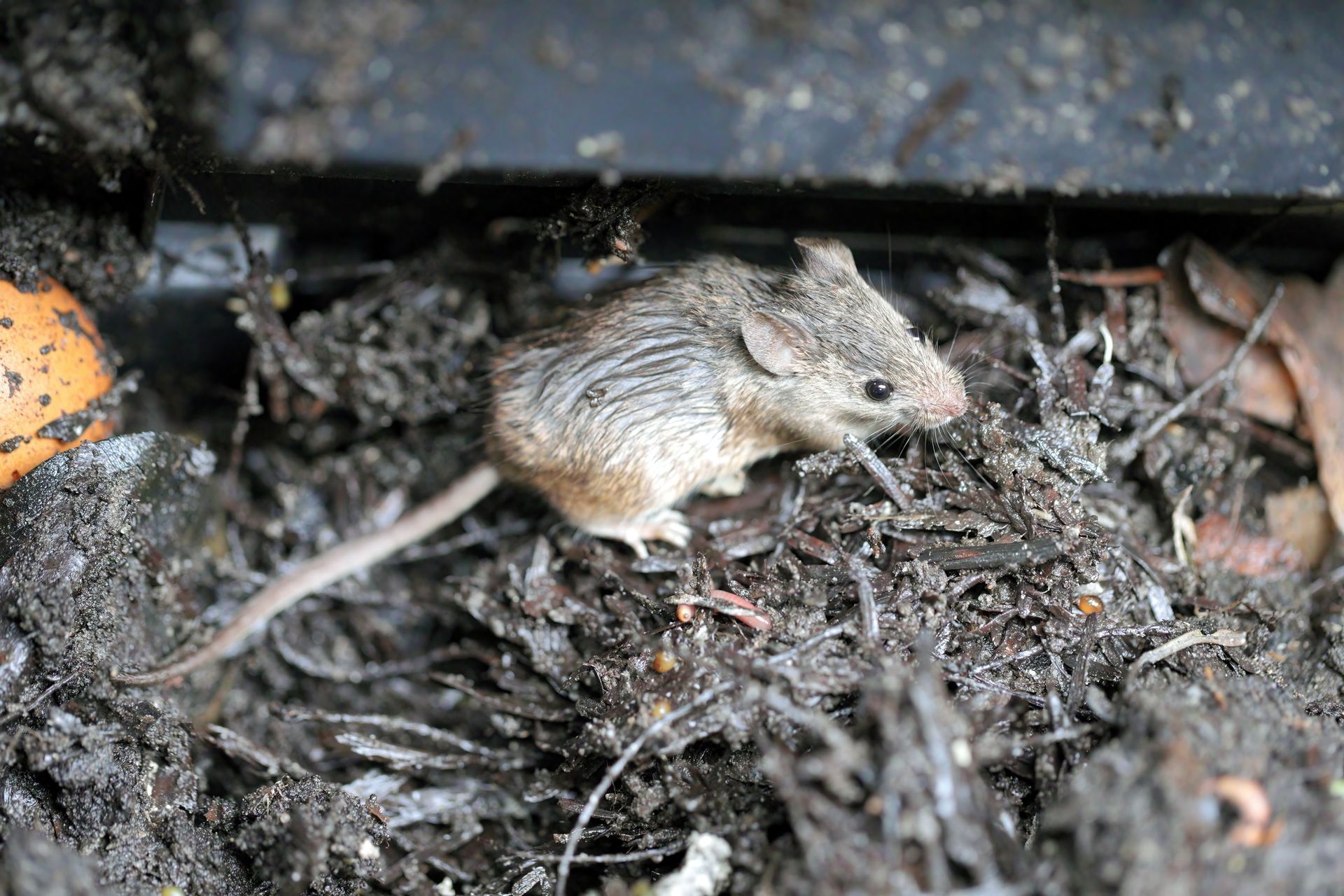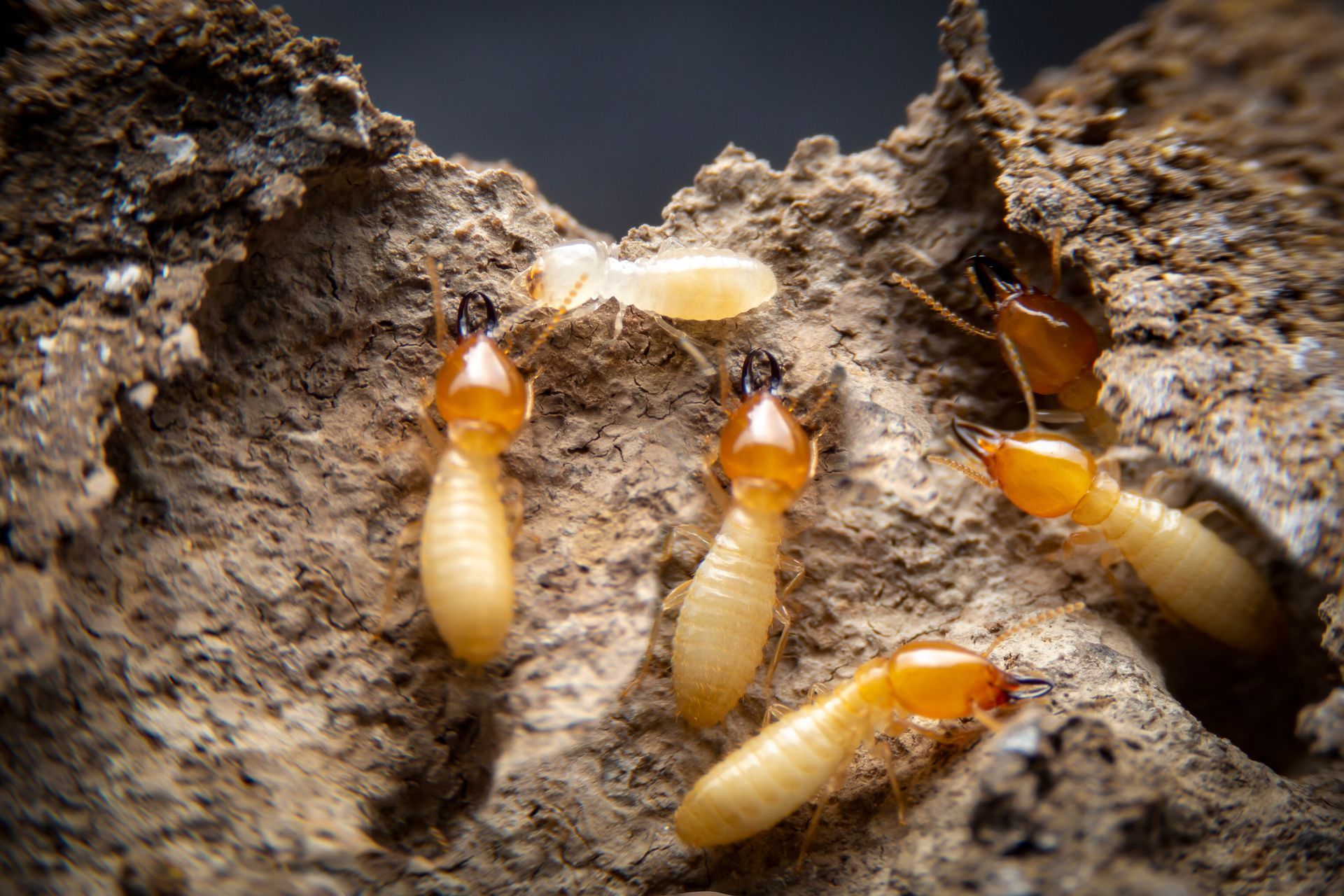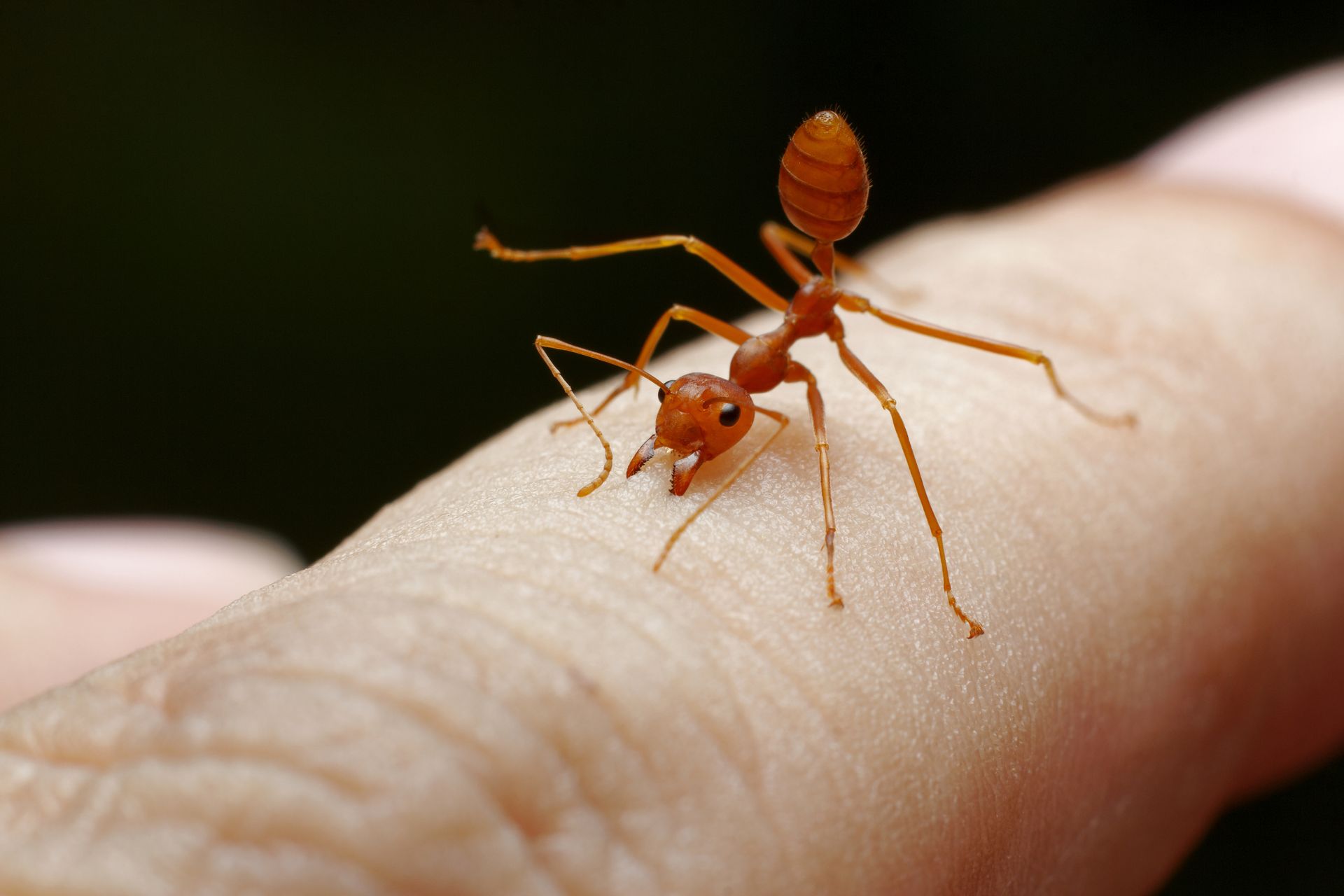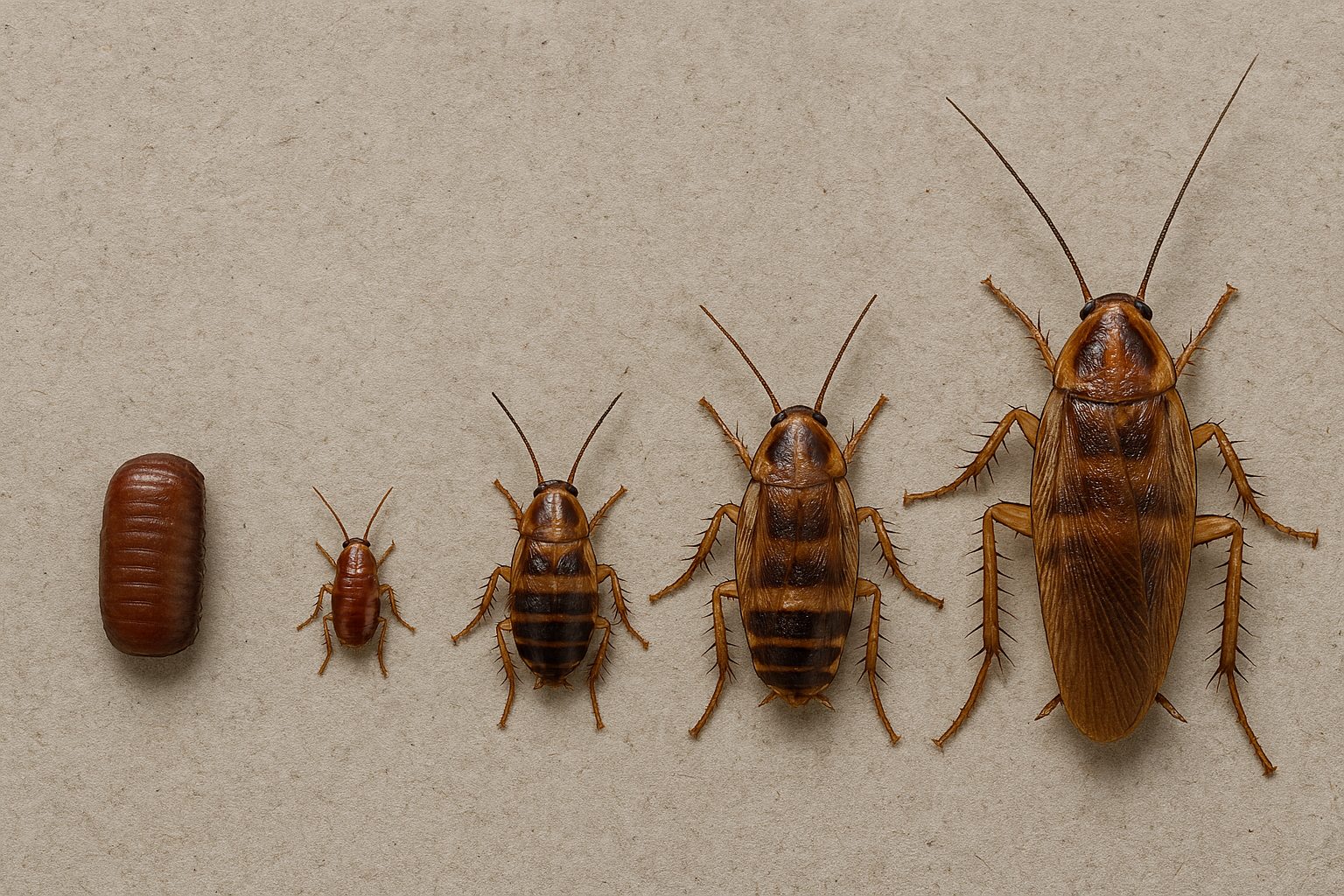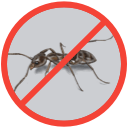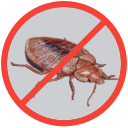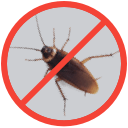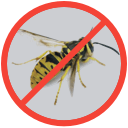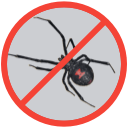Why Are There Ants in My Bathroom? Causes & Solutions
Discovering a line of ants marching across your bathroom floor or clustering around your sink can be both puzzling and frustrating. The answer to why ants choose bathrooms lies in three primary factors: moisture availability, hidden food sources, and ideal shelter conditions that these spaces inadvertently provide. Understanding these attraction points helps homeowners effectively eliminate current infestations and prevent future invasions through targeted solutions.
Understanding Why Ants Invade Bathrooms
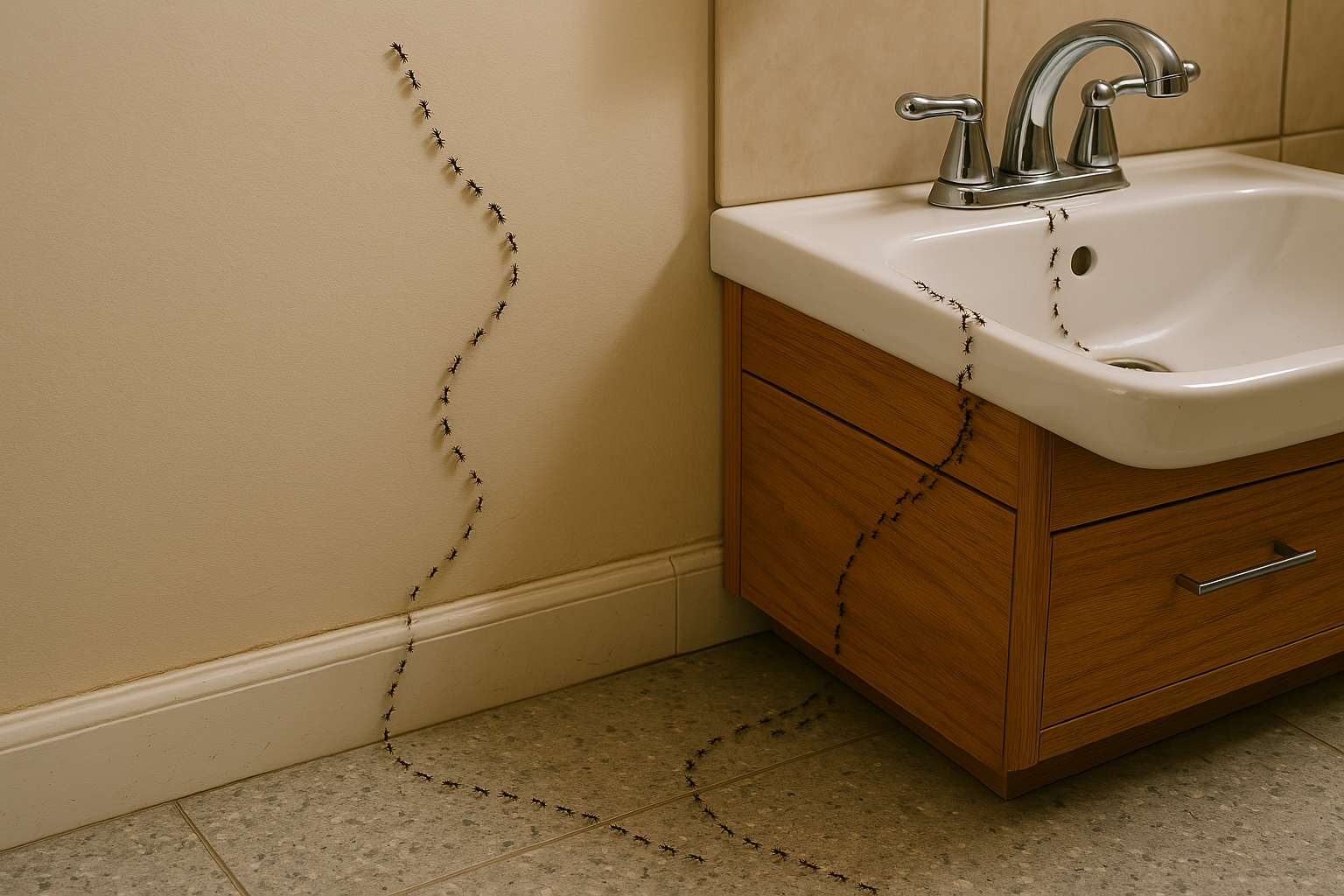
Bathrooms create perfect microenvironments for ant colonies through their unique combination of environmental factors. The heat generated by bathroom fixtures and hot water systems produces ambient temperatures that align with documented ant activity ranges, which demonstrate maximum foraging efficiency occurs at temperatures near 84°F, well within typical bathroom conditions. Additionally, the confined space traps humidity, creating conditions similar to ants' preferred natural habitats.
The structural design of bathrooms also contributes to their appeal. Multiple penetration points for plumbing create ready made highways for ant movement, while the space between walls and under cabinets offers protected nesting sites away from human activity.
Common Misconceptions About Bathroom Ants
Many homeowners mistakenly believe that bathroom ants indicate poor housekeeping or that these insects only seek traditional food sources but ants demonstrate adaptability in their feeding habits and can consume a variety of available organic resources. Another widespread misconception involves the belief that ants avoid water. In reality, most ant species require consistent moisture access for survival, making bathrooms more attractive than kitchens during dry periods. The assumption that chemical sprays provide permanent solutions also proves false, as these treatments fail to address the environmental factors drawing ants to bathrooms initially.
Seasonal Patterns of Bathroom Ant Invasions
Ant activity in bathrooms follows predictable seasonal patterns across the United States. Spring months (March through May) witness the highest invasion rates as colonies emerge from winter dormancy seeking water and establishing new satellite nests. Hot, dry weather drives these insects to seek moisture inside homes when natural hydration spots become scarce.
Fall brings a different dynamic as ants prepare for winter, often moving entire colonies into wall voids near bathroom plumbing for warmth. Winter activity varies by species, with some remaining active in heated bathroom spaces while others enter dormancy. Understanding these patterns helps homeowners anticipate and prevent seasonal surges in ant activity.
Primary Reasons Ants Are Attracted to Your Bathroom
Moisture: The Number One Attractant
Water serves as the primary attractant drawing ants into bathroom environments.
- Leaky Pipes and Faucets create persistent moisture that supports entire ant colonies. A single dripping faucet losing one drop per second can provide constant hydration for thousands of ants. These leaks often occur in hidden areas beneath sinks or behind walls, creating ideal conditions for colony establishment.
- Standing Water and Puddles form in shower corners, behind toilets, and under sink cabinets. These water accumulations require only 1/8 inch depth to sustain ant colonies indefinitely. The surface tension of water allows ants to drink without drowning, making even minimal puddles valuable resources.
- High Humidity Levels in poorly ventilated bathrooms create condensation on surfaces that ants harvest for water. Humidity above 50% allows ants to absorb moisture directly through their exoskeletons, reducing their need to locate standing water sources.
- Condensation on Surfaces provides accessible water without the drowning risk of larger water bodies. Cold water pipes, toilet tanks, and mirror surfaces collect condensation that ants can safely harvest throughout the day.
Food Sources You Didn't Know Existed
- Bathrooms contain numerous unexpected food sources that sustain ant colonies. Toothpaste Residue contains sweeteners like sorbitol and xylitol that attract sugar feeding ant species.
- Drain Biofilms form from diverse organic materials including food residues, human skin cells, hair, and bathroom product residues. While soap scum itself consists of fatty acid salts rather than proteins or carbohydrates, the biofilm ecosystem combines various nutrients with bacteria to create environments that can attract pests.
- Organic Body Products using natural ingredients like honey, oatmeal, or fruit extracts provide easily accessible nutrition. The trend toward natural personal care products inadvertently increases bathroom food sources for ants.
Warmth and Shelter
- Temperature Preferences drive ants toward bathrooms during weather extremes. Many common ant species show peak activity between 75-95°F, with bathrooms typically maintained at 68-75°F providing conditions that can support moderate ant activity year round [1]. Heated floors and warm pipe chases create thermal refuges during cold weather.
- Dark, Protected Spaces behind vanities, under bathtubs, and within wall voids offer security from predators and human disturbance. These areas maintain stable temperatures and humidity while providing proximity to water and food sources.
- Nesting Opportunities abound in bathroom structures. The space between double walls, under raised bathtubs, and inside vanity cabinets provides sufficient room for colonies containing thousands of individuals. Deteriorating wood from moisture damage also creates ideal nesting material for carpenter ant species.
Types of Ants Commonly Found in Bathrooms
Carpenter Ants
Identifying Features of carpenter ants include their large size (1/4 to 1/2 inch), black or reddish coloration, and distinctive heart shaped heads. Worker ants vary in size within the same colony, creating a polymorphic caste system visible during bathroom encounters.
Why They Love Bathrooms relates directly to moisture damaged wood. Carpenter ants excavate galleries in water softened structural materials, with bathroom leaks providing ideal conditions. Unlike termites, these ants don't consume wood but remove it to create smooth, sandpapered appearance galleries [2].
Structural Damage Risks escalate rapidly once colonies establish. A mature carpenter ant colony can excavate several feet of wooden structures annually, potentially compromising bathroom floors, wall studs, and cabinet frameworks. The presence of coarse sawdust beneath wooden fixtures indicates active excavation.
Sugar Ants (Odorous House Ants)
Appearance and Behavior characteristics include small size (1/8 inch), brown to black coloration, and the distinctive rotten coconut odor released when crushed. These ants form extensive trails along bathroom baseboards and countertops, often moving in defined highways.
Sweet Substance Attraction drives these ants toward bathroom products containing sugars or artificial sweeteners. They demonstrate preference hierarchies, choosing liquid sweets over solids and showing particular attraction to fruity or floral scented products.
Colony Characteristics include multiple queens and satellite nesting behavior. A single odorous house ant colony can contain over 100,000 workers spread across numerous interconnected nests, making complete elimination challenging without addressing all locations simultaneously.
Pharaoh Ants
Small Size, Big Problem describes pharaoh ants perfectly. Measuring only 1/16 inch, these pale yellow to reddish ants establish colonies throughout building structures. Their small size allows passage through the tiniest cracks, including standard electrical outlet gaps.
Plumbing System Navigation represents a unique pharaoh ant capability. These ants travel through pipe chases and along water lines, emerging from drains and faucet bases. Their colonies often establish within wall voids near bathroom plumbing, accessing multiple rooms through pipe penetrations.
Health Concerns associated with pharaoh ants exceed those of other species. Research documents pharaoh ants' role as mechanical vectors for over 12 pathogenic organisms, including Salmonella and Streptococcus [3]. Their attraction to moisture and warmth brings them into contact with toilets and drains, increasing contamination risks.
Moisture Ants
Indicators of Bigger Problems makes moisture ants valuable diagnostic tools. Their presence specifically indicates chronic moisture conditions requiring immediate attention. These yellow to brown ants only establish colonies where wood moisture content exceeds 20%, signaling hidden leaks or condensation issues.
Plumbing Leak Connection demonstrates through moisture ants' nesting preferences. They construct carton nests from chewed wood mixed with soil, creating dark, spongy masses within walls. Finding these nests during bathroom renovations often reveals long term undetected plumbing failures.
Identification Tips include observing their noticeably hairy appearance under magnification and their preference for nighttime activity. Workers measure 1/8 inch and move slowly compared to other ant species, often appearing in small numbers rather than extensive trails.
Argentine Ants
Colony Structure differs dramatically from native ant species. Argentine ants form supercolonies with multiple queens and no aggression between nests [4]. This cooperation allows rapid population expansion and resource exploitation throughout bathroom spaces.
Moisture Requirements exceed those of many ant species, making bathrooms particularly attractive. Argentine ants require daily water access and will abandon food sources to maintain proximity to moisture. Their trails often lead directly to water sources rather than food.
Control Challenges stem from their supercolony behavior and rapid reproduction. Traditional baiting methods prove less effective as colonies quickly detect and avoid toxic substances. Their genetic uniformity allows communication of danger throughout interconnected nests, requiring comprehensive treatment approaches.
How Ants Enter Your Bathroom
Common Entry Points
- Cracks in Walls and Tiles provide primary access routes for bathroom invasion. Gaps as small as 1/32 inch can accommodate most ant species. Temperature fluctuations cause expansion and contraction cycles that progressively widen these cracks over time.
- Gaps Around Pipes occur where plumbing penetrates walls and floors. Standard construction practices often leave 1/4 to 1/2 inch clearances around pipes, creating superhighways for ant movement. The warmth radiating from hot water pipes attracts ants during cooler months.
- Window and Door Frames develop gaps through settling and weathering. Bathroom windows experience extreme humidity fluctuations that accelerate frame deterioration and caulk failure. These gaps often connect directly to wall voids where ants establish colonies.
- Deteriorated Grout between tiles creates networks of interconnected pathways. As grout ages and crumbles, it forms channels that ants follow while remaining hidden from view. Steam and cleaning chemicals accelerate grout breakdown, expanding these hidden highways.
Through the Plumbing System
- Drain Access surprises many homeowners who discover ants emerging from sink and tub drains. Ants navigate through dry P-traps during periods of non-use, following biofilm accumulations that provide both food and moisture. Rarely used guest bathroom drains particularly susceptible to this invasion route.
- Pipe Penetrations where plumbing enters bathroom spaces create structural weaknesses. The flexible materials used to seal these penetrations deteriorate over time, creating gaps that ants exploit. Supply lines under sinks and behind toilets represent common breach points.
- P-Trap Considerations involve understanding how ants bypass water barriers. During dry conditions, P-traps can lose their water seals through evaporation, allowing direct ant access from sewer systems. Even with intact water seals, ants can traverse pipe walls above the water line.
From Other Areas of the Home
- Following Moisture Trails leads ants from established colonies to bathroom water sources. Microscopic water trails from plumbing condensation or minor leaks create chemical highways that ants follow over considerable distances. These trails often run through wall voids, making the invasion route invisible.
- Expansion from Kitchen colonies occurs as populations exceed local resources. Bathroom invasions frequently represent satellite colony establishment from kitchen infestations. Scout ants locate bathroom resources and establish pheromone trails that recruit workers from the primary nest.
- Wall Void Travel allows undetected movement between rooms. Modern construction methods create continuous channels within walls that ants use as protected highways. Electrical and plumbing chases provide vertical access between floors, enabling bathroom invasions from basement or attic colonies.
Specific Bathroom Areas That Attract Ants
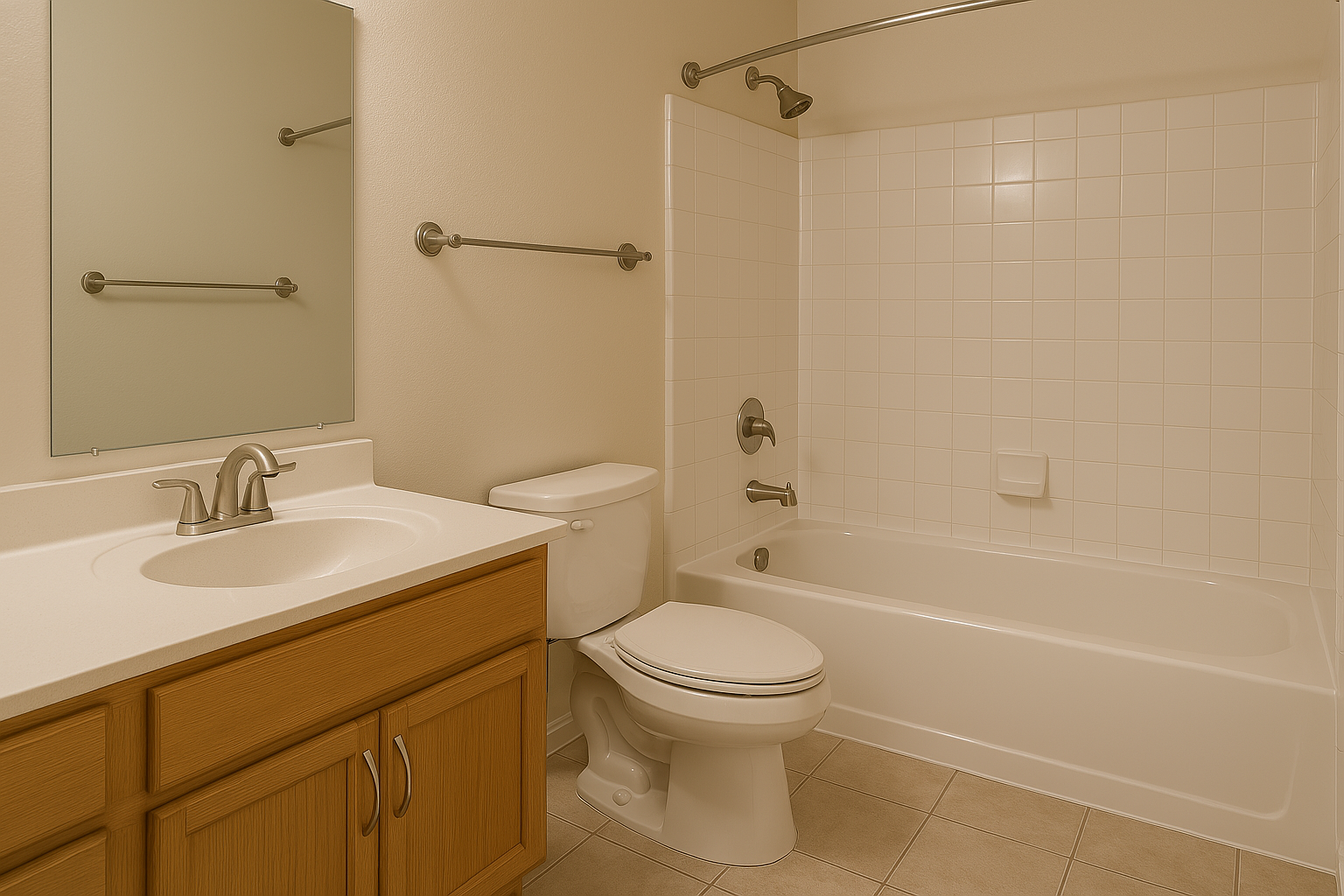
Around the Sink
- Faucet Drips create consistent water sources that sustain entire colonies. The mineral deposits accumulating around dripping faucets provide additional attraction, as ants require various minerals for proper development. Chrome and stainless fixtures collect condensation that supplements direct drips.
- Soap Dispensers leak product that accumulates beneath and behind sink fixtures. Ants may be drawn to soap residues and bathroom products due to their attraction to moisture, organic compounds, and chemical fragrances that can mimic food sources.
- Drain Biofilms form from organic materials including food particles, human waste products, hair, and various household products [4]. This organic accumulation extends several feet into drainpipes, providing extensive feeding areas protected from disturbance. The warm, moist environment of drains promotes bacterial proliferation within these biofilms, creating microbial communities that may attract foraging insects seeking moisture and organic matter.
Near the Toilet
- Base Leaks from deteriorating wax rings create hidden moisture accumulations. These slow leaks often go undetected while supporting substantial ant colonies within flooring materials.
- Hidden Moisture behind toilets results from splash over and cleaning activities. The gap between toilet bases and walls traps moisture that evaporates slowly, maintaining humidity levels attractive to ants.
Behind Walls and Under Floors
- Hidden Leaks within wall cavities create ideal ant habitats. Hidden plumbing issues create ideal wet conditions that sustain growing insect populations without homeowner awareness.
- Wood Damage from chronic moisture exposure attracts wood destroying ant species. The cellulose breakdown process creates soft, excavatable material perfect for gallery construction. Subflooring beneath bathrooms is particularly susceptible due to repeated moisture exposure.
Signs of Ant Infestation in Your Bathroom
Visual Indicators
- Live Ant Sightings patterns reveal infestation severity. Individual scouts indicate early exploration, while established trails suggest active colonies. Morning and evening activity peaks correspond with foraging patterns, with some species showing strict nocturnal behavior.
- Ant Trails follow predictable paths along structural elements. These chemical highways typically run along baseboards, tile edges, and plumbing fixtures. Trail width and ant density indicate colony size and resource value, with wider trails suggesting larger colonies or valuable food sources.
- Deceased Ants piling up in certain spots indicate organized removal efforts by their nestmates. Worker ants remove deceased colony members to maintain nest hygiene, creating disposal sites that indicate nearby nests [5]. Finding dead ants regularly suggests established colonies rather than casual exploration.
- Sawdust (Carpenter Ants Ex Fill) appears as coarse, fibrous material beneath wooden structures. Unlike termite droppings, carpenter ant frass contains no mud and feels gritty. Fresh excavations produce lighter colored frass that darkens with age and moisture exposure.
Hidden Signs
- Rustling Sounds within walls indicate large colony movement. Carpenter ants produce audible excavation sounds during quiet periods, particularly at night. These sounds resemble crinkling paper or gentle scratching and intensify during spring colony expansion.
- Structural Damage manifests as sagging floors, hollow sounding wood, or visible galleries. Advanced infestations weaken structural members enough to cause noticeable changes. Door frames that no longer close properly may indicate ant damage to surrounding structures.
- Musty Odors emanate from established colonies and their associated moisture damage. The combination of ant pheromones, mold growth, and decomposing organic matter creates distinctive smells. These odors often intensify during humid weather when biological activity increases.
Determining Infestation Severity
Evaluating infestation severity requires systematic observation over multiple days. Minor infestations involve fewer than 20 ants appearing sporadically without established trails. Moderate infestations show consistent trails with 50-100 ants visible daily. Severe infestations display multiple trails, structural damage evidence, and hundreds of visible ants across different bathroom areas.
Colony maturity assessment considers the presence of winged reproductives, indicating established colonies preparing to expand. Multiple size classes among workers suggests mature colonies with complete caste development. Satellite colony indicators include trails leading to multiple locations and synchronized activity patterns across distant bathroom areas.
Health and Property Risks
Disease and Bacteria Transmission
Bathroom ants pose significant health risks through mechanical disease transmission. Research documents ant contamination with E. coli, Staphylococcus, and Streptococcus species [6]. Their movement between drains, toilets, and countertops spreads pathogens throughout bathroom environments.
These crawling pests carry microorganisms between dirty areas and hygiene products, spreading potential pathogens. Toothbrushes, towels, and cosmetics become bacterial repositories after ant contact. The small size of many bathroom ant species allows them to access sealed containers through thread gaps, contaminating products internally.
Structural Damage Concerns
Long term ant infestations cause progressive structural deterioration. Carpenter ants excavate extensive gallery systems that weaken wooden support members. Carpenter ant damage repair costs vary significantly based on the extent of damage and location affected.
Moisture ant activity indicates and exacerbates existing water damage. Their presence accelerates wood decay through fungal cultivation and moisture retention. The combination of ant excavation and fungal growth can compromise structural integrity within months rather than years.
Allergies and Sensitivities
Ant presence triggers allergic reactions in sensitive individuals. Pharaoh ant infestations are particularly problematic due to their ability to spread allergens throughout ventilation systems. Symptoms include respiratory irritation, skin reactions, and exacerbation of existing allergies.
Ant secretions and waste products accumulate in bathroom environments, creating persistent allergen sources. Certain people react negatively to chemical signals these insects release, resulting in physical discomfort and illness symptoms. Children and elderly individuals show increased susceptibility to ant related allergic reactions.
Secondary Pest Problems
Ant infestations attract secondary pest species that complicate control efforts. Spiders establish themselves near ant trails to prey on workers. Centipedes and predatory beetles follow ant colonies into bathroom spaces. These secondary invaders often persist after ant elimination.
Mold and fungus growth accelerates in areas where ants maintain moisture for colonies. The biological activity of ants creates microenvironments supporting various decomposer organisms. These secondary organisms continue thriving in conducive conditions even after ant removal.
Immediate Solutions for Bathroom Ants
Quick Fixes
- Clean and Dry All Surfaces immediately disrupts ant trails and removes attractants. Thorough cleaning with enzyme based cleaners eliminates pheromone trails that guide worker ants. Focus cleaning efforts on commonly missed areas like faucet bases, drain lips, and tile grout lines where residues accumulate.
- Remove Standing Water using absorbent materials and improved drainage. Address shower bases with squeegees after each use and repair any areas where water pools. Installing splash guards around sinks and tubs prevents water accumulation in hidden areas.
- Clear Drain Clogs eliminates both water backup and organic food sources. Use enzymatic drain cleaners that digest biofilm rather than harsh chemicals that damage pipes. Regular maintenance with bacterial drain treatments prevents organic accumulation that attracts ants.
Natural Remedies
- Vinegar Solutions disrupt ant pheromone trails while providing residual repellency. Mix equal parts white vinegar and water for spray applications along ant trails and entry points. The acetic acid denatures trail pheromones, forcing ants to abandon established routes.
- Essential Oil Sprays create barriers that ants avoid crossing. Peppermint oil mixed at 20 drops per cup of water provides effective repellency lasting 24-48 hours. Tea tree, eucalyptus, and lemon oils offer similar effectiveness with pleasant bathroom scents.
- Diatomaceous Earth acts as a mechanical insecticide safe for bathroom use. This powdery substance effectively eliminates insects by abrading their protective coating, causing fatal fluid loss.
Chemical Treatments
- Ant Baits provide colony level control through delayed action toxicants. Borax based baits allow workers to return to colonies before dying, spreading poison throughout the population. Strategic placement near trails but away from water sources prevents bait degradation.
- Insecticide Sprays offer immediate knockdown for visible ants but limited long term effectiveness. Non-repellent formulations allow ants to contact treated surfaces without detection, improving colony transmission. Bathroom applications require products labeled for indoor use near water sources.
- Gel Applications focus on narrow gaps and openings along insect highways. Professional grade gels contain attractants that overcome ants' natural food preferences. The gel consistency allows precise application in bathroom environments where liquid sprays prove impractical.
How to Prevent Ants in the Bathroom
Moisture Control
- Fix All Leaks represents the fundamental step in bathroom ant prevention. Regular inspection beneath sinks, around toilet bases, and behind shower fixtures identifies problems early. Even minor drips creating occasional moisture can sustain ant colonies indefinitely.
- Improve Ventilation reduces bathroom humidity below levels attractive to ants. Installing exhaust fans rated for bathroom size and using them during and 30 minutes after showers maintains humidity below 50%. Opening windows when weather permits provide additional moisture reduction.
- Use Dehumidifiers in bathrooms lacking adequate ventilation. Small capacity units designed for bathroom use maintain optimal humidity levels automatically. Placing units near known problem areas provides targeted moisture control where ants commonly appear.
- Regular Drain Maintenance prevents biofilm accumulation that attracts and feeds ants. Monthly treatment with enzyme cleaners digests organic buildup without damaging pipes. Yearly expert maintenance eliminates buildup in areas beyond typical household cleaning capabilities.
Sealing Entry Points
- Caulking Techniques for bathroom applications require moisture resistant products. Silicone based caulks provide flexibility and water resistance superior to latex alternatives. Remove old caulk completely before application to ensure proper adhesion and gap filling.
- Weather Stripping around bathroom doors and windows eliminates common entry routes. Choose products rated for high humidity environments to prevent premature failure. Regular inspection and replacement maintain effective barriers against ant invasion.
- Pipe Collar Installation seals gaps where plumbing penetrates walls and floors. Escutcheon plates combined with expanding foam create permanent barriers. These modifications require minimal expertise while providing professional level protection.
Cleaning and Maintenance
- Daily Cleaning Routine prevents attractant accumulation that draws ants. Wipe sink basins, rinse soap dispensers, and squeegee shower walls after each use. These simple actions remove resources before ants can detect them.
- Deep Cleaning Schedule addresses hidden accumulations in overlooked areas. Monthly cleaning should include pulling out vanities to clean behind them, scrubbing tile grout, and cleaning overflow drains. Quarterly tasks include cleaning exhaust fans and checking caulk integrity.
- Product Storage Tips minimize ant access to bathroom supplies. Transfer products to sealed containers when possible and avoid storing sweet scented items under sinks. Elevate storage baskets to allow cleaning beneath them and prevent moisture accumulation.
DIY Treatment Methods
Homemade Ant Baits
- Borax Solutions combine equal parts borax and sugar dissolved in water for liquid baits. The 1% borax concentration allows worker survival long enough to share poison throughout colonies. Place baits in bottle caps near ant trails but away from children and pets.
- Sugar and Baking Soda provide non-toxic alternatives for sensitive environments. Equal parts mixture draws insects in, then the alkaline component interferes with their internal processing. This method works slowly but safely eliminates colonies over several weeks.
- Protein Based Baits target species preferring greasy foods over sweets. Mix peanut butter with borax at a 9:1 ratio for effective protein baits. Alternate between sweet and protein baits to target different ant species and seasonal preferences.
Drain Treatments
- Baking Soda and Vinegar combinations clean drains while eliminating ant attractants. Pour 1/2 cup baking soda followed by 1 cup heated vinegar to create foaming action that removes biofilm. This monthly treatment prevents organic accumulation that feeds ants.
- Boiling Water Flushes eliminate insects in pipes and dissolve residue buildups simultaneously. Weekly flushes with 2-3 quarts of boiling water maintain clean drains without chemical exposure. Incorporating detergent improves elimination of fatty deposits that draw specific insect varieties.
- Enzyme Cleaners digest organic matter that accumulates in bathroom drains. Bacterial enzyme products work continuously to prevent biofilm formation. Regular use eliminates food sources while maintaining healthy drain function.
When to Call Professional Pest Control
- Persistent Infestations lasting beyond three weeks of treatment indicate established colonies requiring professional intervention. DIY methods typically show results within 7-10 days for minor infestations. Continued activity suggests multiple colonies or hidden nesting sites.
- Multiple Ant Species appearing simultaneously complicates treatment strategies. Different species require specific baits and treatment approaches. Professionals identify species accurately and apply targeted treatments for comprehensive control.
- Structural Damage evidence mandates immediate professional assessment. Carpenter ant galleries, moisture damaged wood, or sagging structures require expert evaluation. Delays in addressing structural issues exponentially increase repair costs.
- Hidden Colonies within walls or beneath flooring exceed DIY treatment capabilities. Treatment requires specialized application equipment and professional grade products.
What Professionals Offer
- Comprehensive Inspections identify all contributing factors to bathroom ant problems. Professionals assess moisture sources, entry points, and colony locations using advanced detection tools. Written reports document findings and recommend specific solutions.
- Targeted Treatments address specific ant species with appropriate products and methods. Professional grade baits and non-repellent treatments provide superior colony elimination. Integrated pest management approaches combine multiple strategies for long term success.
- Warranty Programs guarantee results with follow up treatments as needed. Most professional services include 3-6 month warranties with free retreatment if ants return. Long-term service agreements ensure continuous defense against future problems while reducing homeowner concerns.
- Prevention Plans create defensive zones and detection methods that stop new colonies before they start. Quarterly or bi-annual services maintain protective treatments and catch new invasions early. Professional prevention costs less than reactive treatments for established infestations.
Common Mistakes to Avoid
Ineffective DIY Methods
Many popular DIY ant remedies provide minimal effectiveness despite widespread recommendations. Chalk lines, despite persistent myths, don't repel ants or disrupt their trails. Ultrasonic devices marketed for ant control show no scientific evidence of effectiveness in bathroom environments.
Using repellent sprays along ant trails often worsens infestations by causing colony budding. These sprays scatter ants without eliminating colonies, potentially creating multiple new nesting sites. Flooding ant entry points with water similarly disperses rather than eliminates colonies.
Ignoring Root Causes
Treating visible ants without addressing moisture sources guarantees recurring infestations. Homeowners often apply numerous treatments while ignoring dripping faucets or poor ventilation. This approach wastes money and time while allowing colonies to thrive on unaddressed resources.
Focusing solely on interior treatments neglects exterior colony sources. Ants nesting in landscape mulch or foundation cracks continuously reinvade bathrooms regardless of interior treatments. Comprehensive solutions require addressing both interior attractants and exterior populations.
Improper Chemical Use
Overusing pesticides in bathroom environments creates health risks without improving ant control. Mixing different pesticide products can create dangerous chemical reactions or reduce effectiveness. Applying outdoor only products in bathrooms violates label requirements and endangers occupants.
Placing baits incorrectly renders them ineffective or creates hazards. Baits near water sources deteriorate rapidly while those placed randomly miss ant trails. Using fast acting contact sprays near baits repels ants before they can share poison with colonies.
Delayed Action
Postponing treatment allows minor ant problems to become major infestations. Initial scout ant sightings indicate colonies evaluating bathroom resources. Waiting until trails form means established colonies requiring more intensive treatment.
Postponing fixes for water issues dramatically worsens insect appeal and building deterioration over time. Small leaks grow progressively worse while supporting expanding ant colonies. Early intervention costs significantly less than addressing advanced infestations with associated water damage.
Contact EcoGuard for Professional Ant Control
When bathroom ant problems persist despite your best efforts, professional intervention ensures complete elimination and long term prevention. EcoGuard's experienced technicians identify specific ant species, locate hidden colonies, and apply targeted treatments that DIY methods cannot match. Our comprehensive moisture assessments reveal hidden problems contributing to recurring infestations. Contact EcoGuard today for a thorough bathroom inspection and customized ant control solution that protects your home and family.
FAQs About Ants in Bathrooms
Why do I suddenly have ants in my bathroom?
Sudden ant appearances typically result from environmental changes that increase bathroom attractiveness. New plumbing leaks, seasonal drought conditions, or nearby construction disturbing outdoor colonies commonly trigger bathroom invasions. Changes in cleaning products or routines can also create previously absent attractants.
How do I get rid of ants in my bathroom permanently?
Permanent ant elimination requires addressing root attractions while eliminating existing colonies. Fix all moisture sources, seal entry points, maintain rigorous cleaning schedules, and use appropriate baits for complete colony control. Professional treatment may be necessary for established infestations or recurring problems.
Are ants in the bathroom a sign of a bigger problem?
Ants often indicate underlying moisture issues requiring attention. Their presence can signal hidden leaks, poor ventilation, or structural damage from chronic moisture exposure. Certain species like moisture ants specifically indicate conditions requiring immediate repair to prevent costly damage.
Can ants come up through bathroom drains?
Ants regularly enter bathrooms through drain systems, particularly when P-traps dry out or contain organic buildup. They navigate pipe walls above water lines and emerge through overflow holes or around drain flanges. Regular drain maintenance and ensuring water remains in traps prevents this entry route.
What type of ants are commonly found in bathrooms?
Common bathroom ant species include carpenter ants seeking moisture damaged wood, odorous house ants attracted to sweet residues, pharaoh ants navigating plumbing systems, moisture ants indicating water problems, and Argentine ants forming super colonies. Each species requires specific treatment approaches.
Why are there ants around my toilet?
Toilet areas attract ants through condensation on tanks, base leaks from failing wax rings, and organic matter accumulation in crevices. The consistent moisture and warmth, combined with hidden spaces for nesting, make toilet surroundings particularly attractive to various ant species.


